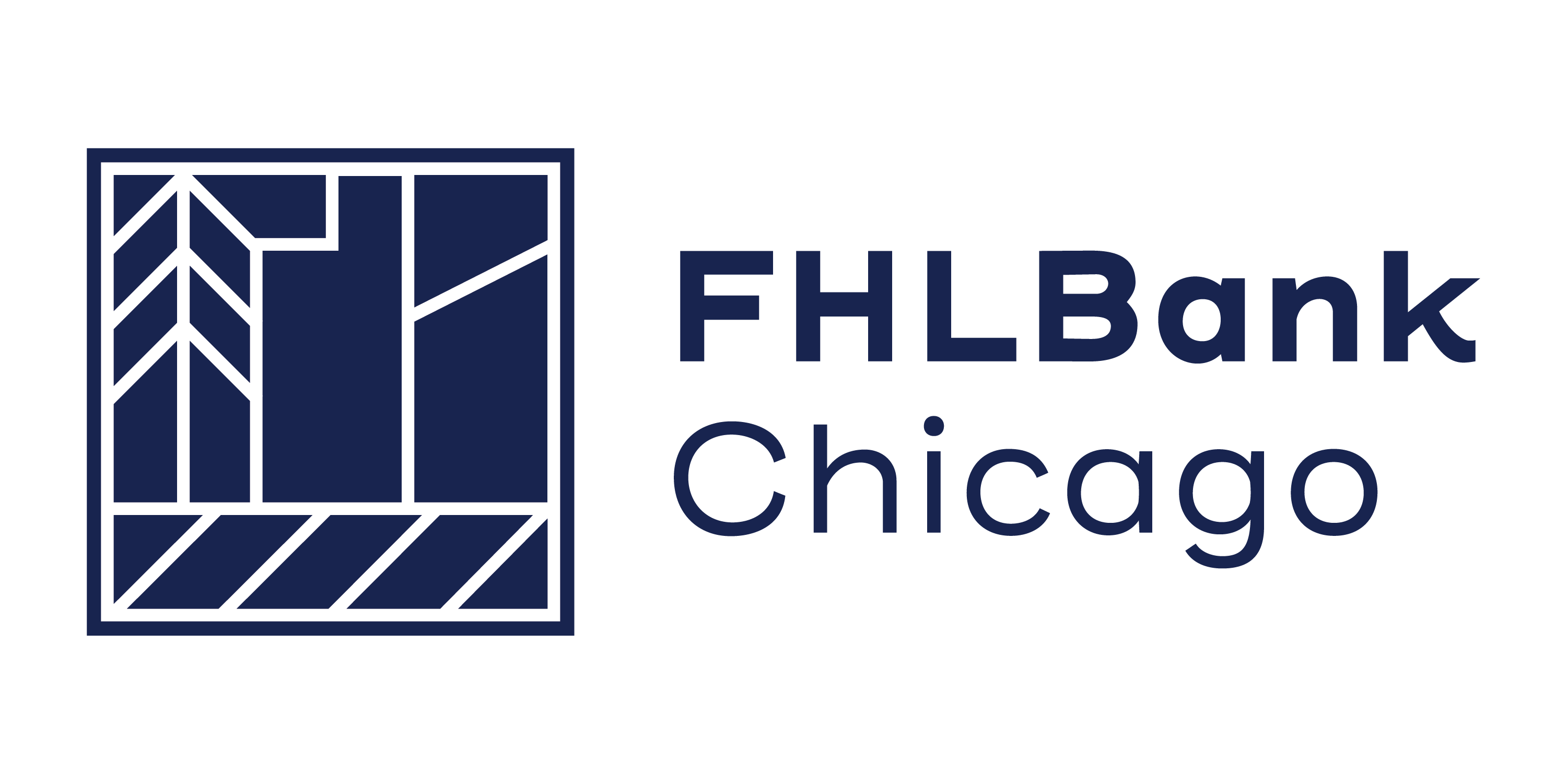Agricultural Lending: Q1 2019
Overview
With prices for farm commodities (especially soybeans, dairy, and cattle) remaining low over the last few years, the farm sector continues to struggle, posing heightened concerns for agriculture banks. According to the U.S. Department of Agriculture, total farm debt reached $409 billion in 2018, up from $393 billion in 2017. Commercial banks hold 41% of that debt. With rising debt, low commodity prices, and falling profitability of farms, bankruptcies have begun to rise and the number of past-due farm loans has grown.Chapter 12 bankruptcies are designed for family farmers or family fishermen to restructure their debt. While the number of Chapter 12 bankruptcies was down slightly (468 in 2018 vs. 508 in 2017), 2018 data highlights the difficult financial conditions across portions of rural America. However, despite the rising bankruptcies and an uptick in delinquencies, agriculture banks have not yet seen an increase in charge-offs on farm real estate or agricultural production loans.
Strategies for Managing the Current Environment for Agriculturally Focused Institutions
Consider the case of a local farmer who, due to low prices or a bad crop, has a remaining balance on an operating line after all their inventory has been sold (i.e., carryover debt). If the borrower’s condition is sound and they have ample additional collateral to pledge, institutions will often amortize the remaining debt over the medium term (2–5 years) and have the farmer pledge additional collateral.
This may work fine for some farmers, but what about scenarios in which this would overburden the farm borrower’s cash flows? Many banks engaged in agricultural lending are located in communities where farming is the primary economic driver. Simply pushing every borrower with challenges out of the bank does not benefit the long-term interests of the bank or the community it serves.
Rather than burdening the farmer by requiring new collateral and providing a short amortization period on any remaining carryover debt, instead consider moving the debt into a consolidation and refinance onto their farmland debt. While crop prices remain stubbornly low, farmland has not seen appreciable declines, and it could be the case that your borrower has equity to borrow against on their land. This provides a longer amortization period, eases the farmer’s debt service coverage ratio, and decreases the likelihood of a default. The longer-term loan can be partially or fully funded with a matching-term amortizing advance as well, locking in your institution’s spread.
Liquidity risk, a hot topic for regulators in the past several years, is of even more concern at agricultural banks. As farmers are likely both the loan and deposit customers, weakness in crop prices can lead to an increase in delinquencies at the same time that deposit accounts are drawn down. This cyclical nature has often led agricultural banks to rely on FHLBank Chicago advances, especially over the last few years. When your institution increases its advance utilization, it is important to keep your excess liquidity, or “dry powder,” at maximum capacity in case the need for additional funding should arise. You can check your excess collateral position and borrowing capacity by going to www.fhlbc.com and logging in to the eBanking portal. It is also important to make sure you are lending all loan categories that are eligible. You can look at your Potential Borrowing Capacity Report on eBanking or contact your Sales Director to get more information on your current collateral class, and what you could potentially pledge to maximize your borrowing capacity.

To Learn More
Contact your Sales Director at membership@fhlbc.com to find out more about the products, strategies, and tools you can use to develop competitive lending solutions for your community and customers.
Contributors

James Hotchkiss
Director, Member Strategy and Solutions

Ashish Tripathy
Managing Director, Member Strategy and Solutions
Disclaimer
The scenarios in this paper were prepared without any consideration of your institution’s balance sheet composition, hedging strategies, or financial assumptions and plans, any of which may affect the relevance of these scenarios to your own analysis. The Federal Home Loan Bank of Chicago makes no representations or warranties about the accuracy or suitability of any information in this paper. This paper is not intended to constitute legal, accounting, investment, or financial advice or the rendering of legal, accounting, consulting, or other professional services of any kind. You should consult with your accountants, counsel, financial representatives, consultants, and/or other advisors regarding the extent these scenarios may be useful to you and with respect to
any legal, tax, business, and/or financial matters or questions.
Federal Home Loan Bank of Chicago | Member owned. Member focused. | February 2019

